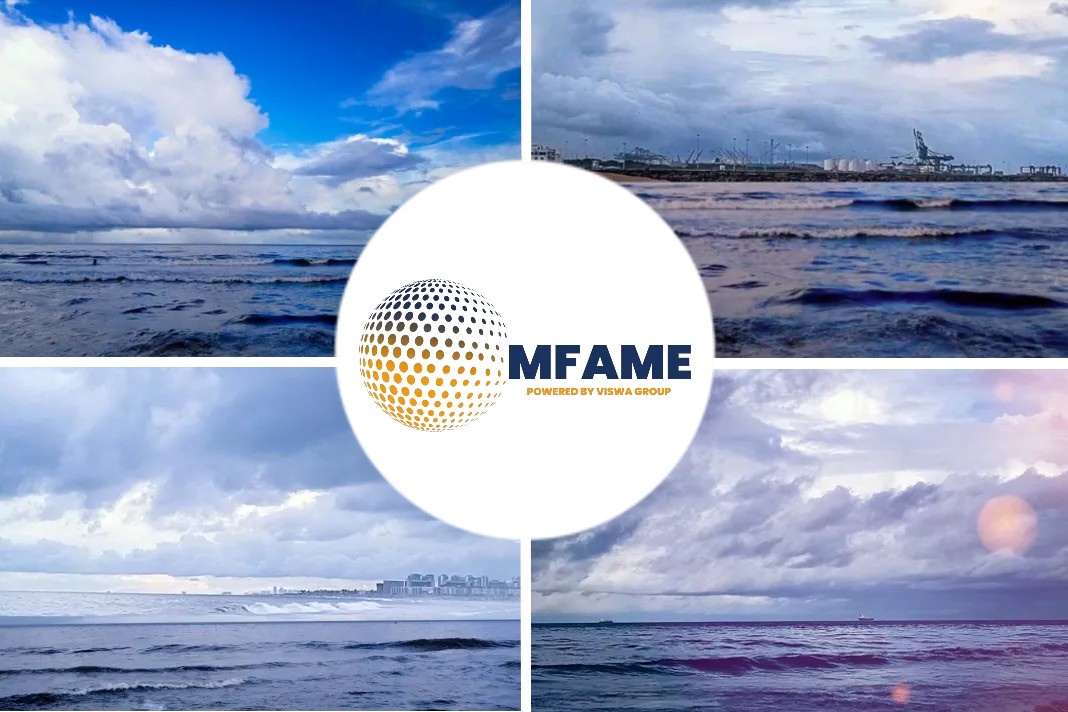- The cost to transport containerized goods peaked at unprecedented levels in late 2021. That cost has been falling ever since.
- In contrast, the cost to rent ships that carry containerized goods held up much longer.
- Even as freight indexes slid month after month, charter indexes stayed near record highs into this summer.
A recent news article published in the Freightwaves by Greg Miller states that container shipping lines suddenly a lot less interested in renting ships.
Indexes that measure container-ship rental rates
No longer. Indexes that measure container-ship rental rates are now dropping like a stone, suffering far steeper declines than freight indexes. Ship-charter indexes have nose-dived in recent weeks.
“What is astonishing is how quickly the market appears to turn,” said ship brokerage Braemar on Monday. “Only some weeks ago, charter rates appeared stable and operators were still securing forward tonnage at historically high rates on long-term periods.”
Alphaliner said on Tuesday: “Although the rates currently obtainable by most types of ships remain strong by historical standards, the speed at which they have lately been falling has taken market stakeholders by surprise.” It warned that “the current drop in charter rates is probably more than a simple market correction.”
Charter indexes falling fast
The Harpex index, published by brokerage Harper Petersen & Co. since 2004, hit an all-time high of 4,586 points in late March. It stayed in the vicinity of that peak, in the low 4,400s, until late July. As of Friday, it had collapsed all the way down to 3,095 points, sinking 30% in just eight weeks and 18% versus the previous week. The Harpex is now down back to July 2021 levels, albeit still four to five times higher than pre-COVID.
Braemar’s BOXi index was at 317 points on Monday, plunging 30% in the past week alone. The BOXi index was at 580 points in late July. It fell 45% in just six weeks.
The charter index of brokerage Clarksons plunged 26% last week, although it’s still four times pre-COVID levels.
According to Clarksons Securities analyst Frode Mørkedal, “Softening has been most obvious in the feeder sector in recent weeks. But the consequence of dropping freight rates is now further eroding [charter] hire rates in the bigger size ranges, even while tonnage availability remains constrained.”
Braemar likewise cited weakness among the smallest ships. “In the feeder market below 2,000 TEUs [twenty-foot equivalent units], we are seeing the biggest build-up of open tonnage and it is across all regions.”
Alphaliner reported that 1,700-TEU ships are now being leased for 12 months at $35,000 per day, down from around $50,000 per day in early August. It said that classic Panamaxes are being fixed at $40,000-$50,000 per day for six-month periods, “about half what such a vessel size could have obtained only a few weeks ago for the same durations.”
“These fixtures will inevitably influence other size segments, which are likely to see significantly weaker charter deals concluded in the next few weeks,” it added.
Wave of newbuildings in 2023-24
Alphaliner explained: “While cargo rates started their descent some time ago, charter rates remained remarkably resilient to the deteriorating market environment, recording only a moderate correction. Their resistance was largely supported by the short supply of tonnage and ongoing congestion issues around the world.
“The severe fall seen in the past days is, however, a reality check, reflecting, with a lag, the changing market fundamentals. As cargo volumes and freight rates continue to fall across the board, supply rises, congestion slowly eases and high risks of recession around the world persist, the current drop … is likely to worsen, at least in the short term.”
Meanwhile, a large wave of newbuild deliveries draws ever closer. According to Clarksons Securities, tonnage on order is now 27.3% of tonnage on the water. Of new deliveries, 75% of tonnage will be delivered in 2023-24.
“Ovecapacity is looming from the second half of 2023,” said Alphaliner.
In past cycles, when liners had too many newbuild deliveries for freight demand to fill, they let ship leases expire. If they signed renewals or leased new ships, they paid much lower charter rates. They laid up excess vessels and reduced sailing speeds.
At the bottom of the last cycle, when Hanjin went bankrupt in 2016, the Harpex hit a nadir of 314 points, one-tenth of the index’s current level.
Did you subscribe to our daily Newsletter?
It’s Free! Click here to Subscribe
Source: GCaptain






















